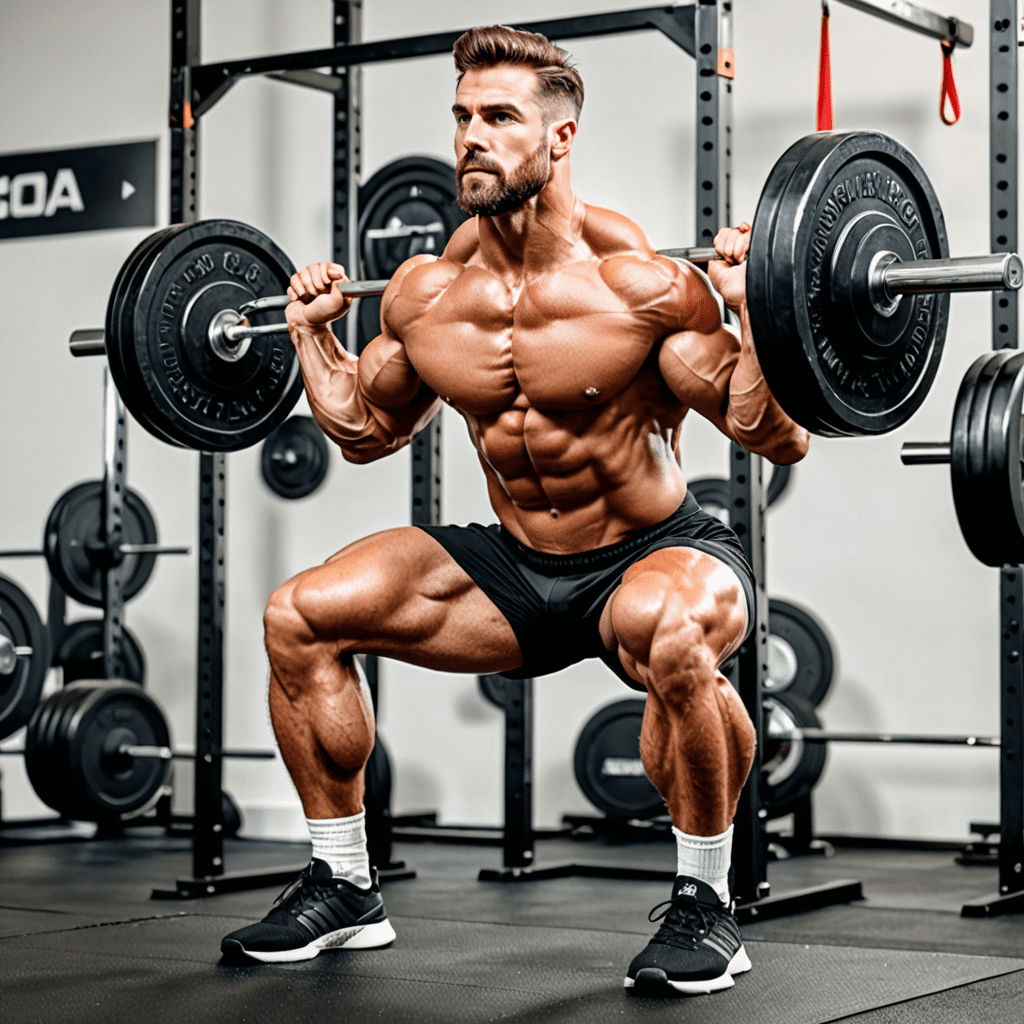
Boost Your Squat Strength with These Proven Techniques
Mastering the Art of Squatting: Boosting Your Strength
Squats are a foundational exercise for building lower body strength, but reaching a plateau is common for many fitness enthusiasts. If you’re looking to increase your squat strength, incorporating the right techniques and strategies can help you progress to new levels. In this article, we’ll delve into proven methods to enhance your squat performance and achieve your strength goals.
Understanding the Mechanics of Squatting
Before diving into the techniques to improve your squat strength, it’s essential to understand the mechanics of a squat. A squat primarily engages the quadriceps, hamstrings, glutes, and core muscles. Perfecting your squat form and ensuring that these muscle groups are effectively targeted are crucial steps in boosting your squat strength.
Techniques to Enhance Squat Strength
1. Focus on Progressive Overload
Implementing progressive overload is key to increasing squat strength. Gradually increasing the weight you lift during squats stimulates muscle growth and strength development. This can be achieved by incrementally adding weight to your squats over time, challenging your muscles to adapt and grow stronger.
2. Perfect Your Form
Maintaining proper form throughout your squatting movement is essential for maximizing strength gains and minimizing the risk of injury. Focus on keeping your chest up, back straight, and knees aligned with your toes as you descend into the squat. Engage your core and lower body muscles to ensure optimal form during each repetition.
3. Incorporate Variation into Your Workouts
Adding variety to your squat workouts can prevent plateaus and improve overall strength. Include different squat variations such as front squats, sumo squats, and goblet squats to target muscles from various angles and enhance overall lower body strength.
4. Strengthen Your Supporting Muscles
In addition to focusing on squats, strengthening complementary muscles can contribute to overall squat strength. Targeting the muscles of the lower back, calves, and hip flexors through specific exercises can provide the stability and support needed to improve squat performance.
Nutrition and Recovery
1. Prioritize Protein Intake
Adequate protein consumption is crucial for muscle recovery and growth. Ensure that your diet includes sufficient protein to support your squat strength goals.
2. Optimize Your Rest and Recovery
Allowing your muscles to recover is essential for strength gains. Adequate sleep, proper hydration, and incorporating rest days into your workout schedule are vital for optimizing recovery and enhancing squat strength.
FAQ: Frequently Asked Questions
Q: How often should I perform squats to increase strength?
A: Aim to incorporate squats into your workout routine 2-3 times per week, allowing for adequate rest between sessions to promote muscle recovery and growth.
Q: Can squatting without weights still improve strength?
A: Yes, bodyweight squats can be effective in building initial strength, especially for beginners. However, as you progress, adding resistance through weights will be essential for continued strength gains.
Q: Should I prioritize high reps or heavy weights for squat strength?
A: Both high-rep, lower-weight and low-rep, higher-weight schemes can contribute to strength gains. It’s beneficial to incorporate a mix of both into your workout routine for well-rounded strength development.
By implementing these proven techniques and strategies into your workout routine, you can effectively boost your squat strength and overcome plateaus, leading to improved overall lower body strength and muscle development. Remember to prioritize proper form, progressive overload, and comprehensive muscle targeting to achieve optimal results.


